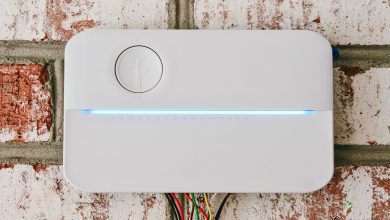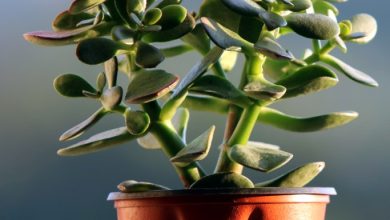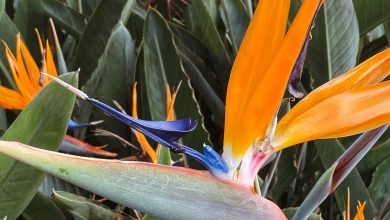Hackberry: [Cultivation, Irrigation, Care, Pests and Diseases]
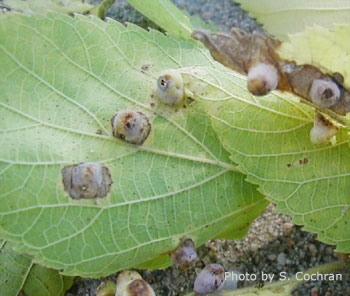
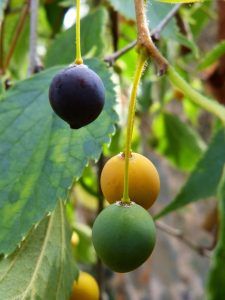 The hackberry is a very long-lived deciduous tree (400 to 600 years), typical of the Mediterranean region. It is native to southern Europe, western Asia and northern Africa.
The hackberry is a very long-lived deciduous tree (400 to 600 years), typical of the Mediterranean region. It is native to southern Europe, western Asia and northern Africa.
In ancient times they were planted to protect fields from erosion and to provide shade in the area near farmhouses. In fact, it is considered a fundamental tree in the development of agriculture.
Likewise, it was used for the construction of boats, houses, tools, furniture, among many other applications due to the weight, elasticity and durability of its wood.
It is currently used as an ornamental species, in urban and landscaping projects, as well as in the preparation of natural remedies for some problems of the circulatory, digestive, genito-urinary and endocrine-metabolic systems.
Important points when sowing hackberry:
- Scientific name: Celtis australis.
- Common name: Hackberry, iledoner, lodon, hackberry, aligonero, ledonero, quicavero.
- Height: 28 meters.
- Light requirement: High.
- Temperature: temperate climates.
- Irrigation: Medium.
- Fertilizer: Organic fertilizer.
What characteristics does hackberry have?
The hackberry is normally 25 meters tall, but sometimes reaches up to 30 meters. It has a smooth, silver-grey bark trunk from which multiple hanging and flexible branches sprout, which form a wide and leafy crown.
Hackberry leaves are alternate, lanceolate and slightly serrated. They are dark green in color and can measure from 5 to 15 cm long. In the case of flowers, they bloom during the spring, between March and April.

They are not very visible as they do not have petals, since they are only formed by 5 deciduous greenish-yellow petals. Hackberry fruit, known as hackberry or brass, is a small edible drupe that sprouts on a long stalk from between the leaf axils.
It measures 1 centimeter in diameter, is black in color and ripens in early summer and fall. For their part, the seeds, rounded and with a rough surface, have a size that ranges from 5 to 8 millimeters in diameter.
When to sow hackberry?
The time to plant the hackberry will depend on the way in which you want to grow it. However, it can be grown during the fall (September and October) by cuttings and seeds, or in spring (February, March and April) by means of stratified seeds.
Where to plant hackberry?
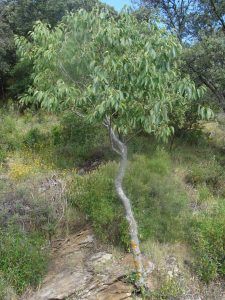 The hackberry is large, so it is important to plant it in a place where it can expand, on bare ground with access to direct sunlight, as it stops growing when it is shaded.
The hackberry is large, so it is important to plant it in a place where it can expand, on bare ground with access to direct sunlight, as it stops growing when it is shaded.
On the other hand, it is ideal to locate it in areas with temperate climates, in spaces where it receives direct and light rain, about 350 liters per square meter throughout the year, although it tolerates drought quite well.
Regarding the places where it can develop, the hackberry has great plasticity and adaptability. It can occupy rocky soils in subhumid environments, poorly permeable, hydromorphic and even fluvial terraces.
How to prepare the land?
Hackberry is not a demanding species. Can be grown in light, alkaline, sandy to stony, slightly moist, well-drained soils. Although not essential, a slow-release fertilizer or homemade organic matter such as compost can be applied to the hackberry substrate to encourage growth.

Fertilization can be done from early spring to late summer.
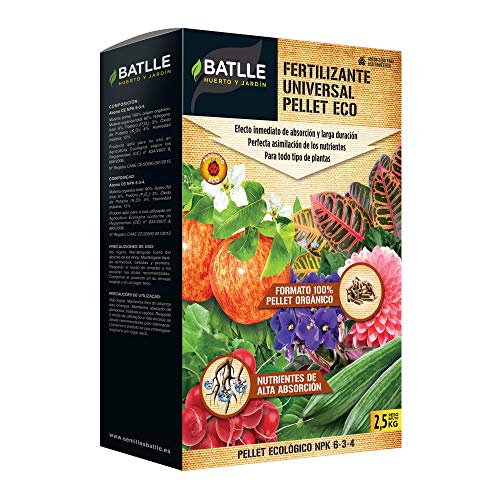
How do we water hackberry?
Hackberry should be watered in proportion to its age. During the first years, the hydric needs will be greater compared to those of its adult age. It is essential to water sparingly to avoid waterlogging.
How often do we water the hackberry?
When a hackberry is young, it should be watered 2 or 3 times a week. As the tree matures, watering will progressively decrease.
How to plant a hackberry step by step?
Hackberry has several ways of propagation, a couple of them are through seeds or cuttings. The steps to follow are shared below.
by seed
It is important to point out that the hackberry seed has internal dormancy, for that reason it is necessary to treat it through stratification. The steps to do it are shared below.
- Submerge hackberry seeds in a container of water for 24 hours.
- Remove the seeds and place them 2 centimeters deep in a container with moist sand, at a temperature of 3ºC to 5ºC for 2 or 3 months, so that they germinate.
- Once the seedlings have grown 5 or 6 centimeters, transplant them into a larger container, which should be away from heat and watered moderately but frequently.
- Relocate plants to a lightly shaded area in spring, watering periodically.
- Transplant into the ground during the fall, after the first rain.
by stakes
- Obtain segments from a mature branch of the tree during the winter or in the summer. The cuttings should measure between 10 and 20 centimeters in length.
- Submerge the base of the cuttings in growth hormones for 24 hours.
- Bury them 5 or 10 centimeters deep and let them grow roots for 3 to 6 weeks, in a quality substrate with coarse sand.
- When the cutting has 4 leaves, transplant into a deeper bag or container.
- After 2 weeks apply foliar fertilizer.
- Transplant during the fall.
What care does the hackberry need?
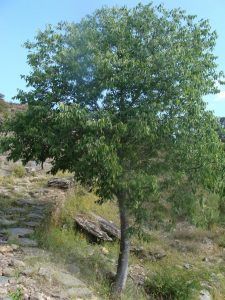 It is a low maintenance tree. It tolerates the cold well, however, late frosts can cause injuries to the trunk.
It is a low maintenance tree. It tolerates the cold well, however, late frosts can cause injuries to the trunk.
Pruning is not necessary, in fact, it can be harmful since the hackberry has a slow rate of healing.
It is advisable to remove only broken or dry branches at the end of winter.
What pests and diseases affect hackberry?
Hackberry diseases include those caused by Ganoderma lucidum, a fungus that weakens the tree’s condition and fractures its trunk and branches; as well as those caused by Inonotus rickii, a fungus that infects the tree and causes it to decay.
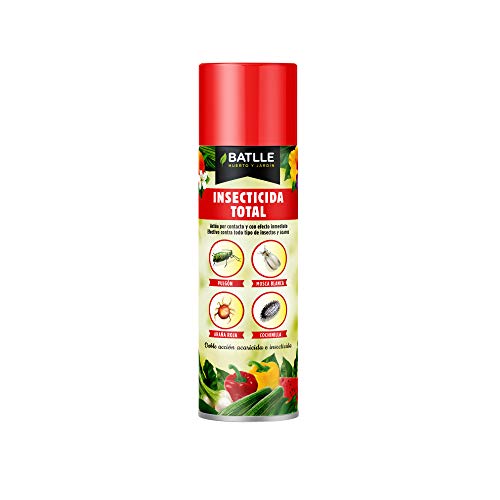
Hackberry can also be affected by the Aceria bezzi mite, responsible for the loss of fruit production; as well as by Virosis, a disease that discolors the leaves and affects the growth of the tree. Regarding pests, hackberry is very resistant and is rarely affected by them.
References
- http://tauja.ujaen.es/bitstream/10953.1/10429/1/TFG_Garcia_Rodriguez_Juan_Diego.pdf
- http://www.rjb.csic.es/jardinbotanico/ficheros/documentos/pdf/pubinv/MSG/Celtis_australis.pdf
- http://www.juntadeandalucia.es/medioambiente/portal_web/web/temas_ambientales/educacion_ambiental_y_formacion_nuevo/aldea/programas/crece_arbol/recursos/ficha_semillas/semillas_jardin/fichas_semillas/celtis_australis.pdf
- https://bioatlasapp.com/wp-content/uploads/2019/05/Fichas-botanicas-Ruta-Cantoblanco-baja-26-50.pdf
- https://www.uv.es/patricio/docs/bases-ecologicas_Garcia_Fayos_2001.pdf
- https://alqueriadequentar.files.wordpress.com/2018/01/manual_de_identificacic3b3n_y_reproduccic3b3n.pdf
- https://www.mapa.gob.es/ministerio/pags/biblioteca/hojas/hd_1993_06.pdf
- http://vro.agriculture.vic.gov.au/dpi/vro/vrosite.nsf/pages/weeds_european-nettle-tree
- https://www.miteco.gob.es/es/biodiversidad/temas/inventarios-nacionales/iect_celtis_australis_tcm30-164126.pdf
- https://ies-ows.jrc.ec.europa.eu/efdac/download/Atlas/pdf/Celtis_australis.pdf

![Photo of Linden: [Characteristics, Planting, Care, Irrigation and More]](https://www.complete-gardening.com/wp-content/uploads/2022/08/linden-characteristics-planting-care-irrigation-and-more-390x220.jpg)
